Waves and Curls: The Comeback of Retro Hairstyles
The world of fashion is ever-evolving, a pendulum that sways between old and new, modern and retro. Among the most compelling elements of this cycle is hair. Hair trends, much like clothing, have a fascinating way of re-emerging, and currently, waves and curls are making a spectacular comeback. This resurgence of retro hairstyles is not merely a fleeting trend but has its roots in nostalgia, cultural significance, and a yearning for self-expression. In this article, we’ll explore the various factors behind the revival of these iconic hairstyles, the techniques to recreate them, and how they serve as a canvas for individuality.
Historical Context of Waves and Curls
Hair has held a significant place in cultural history. From the elaborate updos of the Renaissance to the free-spirited beach waves of the 1970s, hairstyles are often reflections of broader societal changes. Waves and curls have traversed through various decades, each period infusing its unique flavor.
The Roaring Twenties: Flapper Style
In the 1920s, women were emancipating themselves from the constraints of Victorian norms. The flapper look featured short bobs with finger waves, epitomizing the rebellious spirit of the era. This hairstyle symbolized a newfound freedom, allowing women to embrace their boldness, as they danced to jazz and engaged in an era of social change[^1].
The Glamorous Forties: Hollywood Influence
Fast forward to the 1940s, and Hollywood began to shape the ideals of beauty. Iconic actresses like Veronica Lake and Rita Hayworth popularized glamorous waves that exuded elegance. The pin-up hairdo, characterized by voluminous curls and retro accessories, inspired countless women, further embedding waves and curls into the fabric of American culture[^2].
The 1960s and 70s: A Cultural Shift
The 1960s and 70s were revolutionary years in many respects, including hairstyles. The free-spirited attitude of these decades brought about natural waves and curls. From the luscious, flowing locks of Farrah Fawcett to the bohemian curls of the disco era, these hairstyles became synonymous with self-expression, individuality, and liberation[^3].
The Rebirth of Retro Hairstyles
Social Media Influence
Today, social media platforms like Instagram and TikTok are powerful forces in shaping beauty trends. Influencers and celebrities showcase vintage hairstyles, giving followers a new sense of style inspiration. The hashtag culture has rekindled interest in retro looks, making them accessible to a wider audience. Younger generations are not only appreciating these styles but also putting their unique spin on them, making retro waves and curls a versatile option[^4].
Nostalgia: The Emotional Connection
Nostalgia plays a significant role in the resurgence of waves and curls. Many people yearn for the simplicity and glamour of past decades. Retro hairstyles evoke fond memories, whether it’s inspired by a favorite movie from the past or a family photograph. This connection to history and emotion has paved the way for a modern interpretation of classic hairstyles, allowing individuals to embody a sense of vintage charm while navigating the complexities of contemporary life[^5].
Cultural Representation
The comeback of waves and curls also emphasizes the importance of cultural representation. Many women of color have embraced their natural hair textures, advocating for the beauty of curls and waves that reflect their heritage. The movement towards embracing natural beauty has gained momentum, with diverse representations in media and fashion. This evolution not only celebrates various hair textures but also aligns perfectly with the retro resurgence, marrying history with modern values[^6].
Techniques to Achieve Retro Waves and Curls
Achieving the perfect retro hairstyle can take time and practice. Here are some methods to recreate timeless waves and curls.
The Hot Rollers Method
One of the most effective tools for creating vintage waves is hot rollers. Known for delivering long-lasting curls, they are relatively easy to use. Here’s a step-by-step guide:
-
Preparation: Start with clean, dry hair. Apply a heat protectant spray to safeguard your locks from damage.
-
Sectioning: Divide your hair into manageable sections. This will make the curling process more organized and efficient.
-
Rolling: Take a section of hair and wrap it around the hot roller, rolling it towards your scalp. Secure it with a clip.
-
Cooling: Allow the rollers to cool for about 20-30 minutes. This will help set the curls.
- Finishing Touches: Once cooled, remove the rollers gently and tousle the curls with your fingers for a more relaxed look. Finish with hairspray for added hold[^7].
The Curling Wand Technique
Using a curling wand has become increasingly popular due to its versatility and ease of use. To achieve retro curls with a curling wand, follow these steps:
-
Heat Protection: As always, start with a heat protectant to shield your hair.
-
Sectioning: Similar to the hot rollers method, divide your hair into sections.
-
Curling: Take a small section of hair and wrap it around the wand. Hold for about 10-15 seconds, depending on your hair type.
-
Release and Cool: Gently release the curl and allow it to cool in your hand for a moment to set the shape.
- Separation and Styling: After you’ve curled all sections, run your fingers through to separate the curls for a more relaxed and voluminous look. A light mist of hairspray will provide lasting hold without stiffness[^8].
The Pin Curls Technique
For a more authentic retro look, pin curls are a classic technique. It’s a slightly more time-consuming method but yields beautiful results:
-
Moisturize: Start with slightly damp hair. Apply a styling mousse to add texture.
-
Sectioning: Divide your hair into small sections.
-
Rolling: Take a section and twist it into a small loop, pinning it flat against your scalp with a bobby pin.
-
Drying: Allow your hair to dry – this can be done naturally or with a hooded dryer for speed.
- Unravel and Style: Once dry, gently remove the pins and separate the curls with your fingers. Finish with a light hairspray[^9].
Styling Tips for Waves and Curls
Retro hairstyles can be customized to fit modern aesthetics. Here are some styling tips to make these waves and curls work for various occasions:
Beachy Waves for Casual Looks
Beachy waves offer a relaxed vibe perfect for casual outings. Use a sea salt spray on dry hair, scrunching it to create texture. A curling wand can be used sparingly for sections that need a more defined wave.
Glamorous Curls for Formal Events
When styling for formal events, consider using bigger barrels for softer, more glamorous curls. Incorporate hair accessories like decorative clips or headbands, which were popular in the past, for an elegant retro touch.
Layering and Texturizing
Layering adds dimension to waves and curls. Consult with a hairstylist to find a cut that maintains volume while offering a flattering shape. Texturizing products can also contribute to a more lived-in, effortless vibe, enhancing the retro charm[^10].
The Personal Touch: Making Retro Hairstyles Unique
While retro hairstyles draw inspiration from the past, individuality is key to making them resonant in the contemporary world. Here’s how to personalize your waves and curls:
Color Trends
Incorporating modern color trends can give vintage hairstyles a fresh twist. Shades like balayage, ombre, and pastel colors can breathe new life into classic silhouettes.
Mixing Textures
Don’t hesitate to combine textures. For example, juxtapose soft waves with straight bangs or mix curls and waves for a dynamic look. This playful approach can make a retro hairstyle feel uniquely yours[^11].
Bold Accessories
Accessories can elevate a classic hairstyle. Headbands, hairpins, and scarves can be used artistically to adapt retro styles for modern sensibilities. Vintage brooches or flower clips can add a whimsical touch, while sleek barrettes can provide a modern edge.
Cultural Significance of Retro Hairstyles
Retro hairstyles also hold cultural significance, serving as markers of identity and expression. Many individuals use hairstyles not just to beautify themselves but to connect with their heritage. Waves and curls can symbolize empowerment, especially for marginalized identities. The embrace of natural textures allows people to reclaim beauty standards that have historically suppressed their individuality[^12].
The Future of Waves and Curls
As we look forward, it is clear that waves and curls will continue to shape the landscape of hair fashion. The cyclical nature of trends guarantees that while some elements will evolve, the core appreciation for texture, volume, and vintage charm will remain.
The fashion industry is also recognizing the importance of inclusivity and representation, paving the way for hairstyles of various textures and lengths to be celebrated. As more people embrace their unique twists and waves, the conversation around beauty standards will expand, giving room for various interpretations of classic styles[^13].
Conclusion
The revival of waves and curls is not just a tribute to nostalgia but an exploration of identity, empowerment, and self-expression. These retro hairstyles, steeped in history, serve as a testament to the cyclical nature of fashion and the importance of personal style. They offer a platform for individuals to connect with their past while looking toward the future.
In our modern world saturated with fast fashion and fleeting trends, the comeback of waves and curls emerges as a delightful reminder of the beauty of history. Armed with techniques to craft these styles and a mindset to make them personal, anyone can partake in this celebration of individuality, charm, and retro elegance.
References
[^1]: "The Flapper Era: How It Changed Woman’s Fashion." Fashion History, 2021.[^2]: "Glamour and Curls: The Hollywood Hair Revolution." Beauty Archives, 2020.
[^3]: "Freedom and Hair: The 1960s Counterculture." Retro Style Magazine, 2022.
[^4]: "Influencers and Vintage Trends: A Digital Renaissance." Fashion Today, 2023.
[^5]: "Nostalgia in Fashion: Why We Love Classic Styles." Time Magazine, 2021.
[^6]: "Celebrating Diversity: Hair Representations in Modern Media." Culture & Identity Journal, 2023.
[^7]: "Step-by-Step Guide to Using Hot Rollers." Hair Style Central, 2021.
[^8]: "Curling Wands: Techniques for Perfect Curls." Allure Magazine, 2022.
[^9]: "The Art of Pin Curls for Authentic Retro Styles." Vintage Beauty Guide, 2021.
[^10]: "Layering Hair: Techniques for Volumizing Hairstyles." Hair Trends Monthly, 2022.
[^11]: "Accessories and Textures: Elevate Your Hairstyles." Modern Style Blog, 2023.
[^12]: "Cultural Significance of Natural Textures in Hair." Society & Culture Studies, 2022.
[^13]: "Future Trends in Hair Fashion: Embracing Diversity." Fashion Forward, 2023.

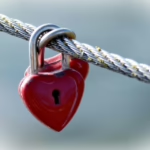
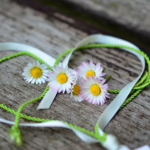
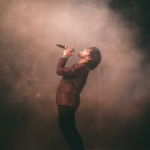
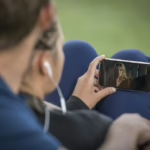
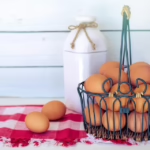









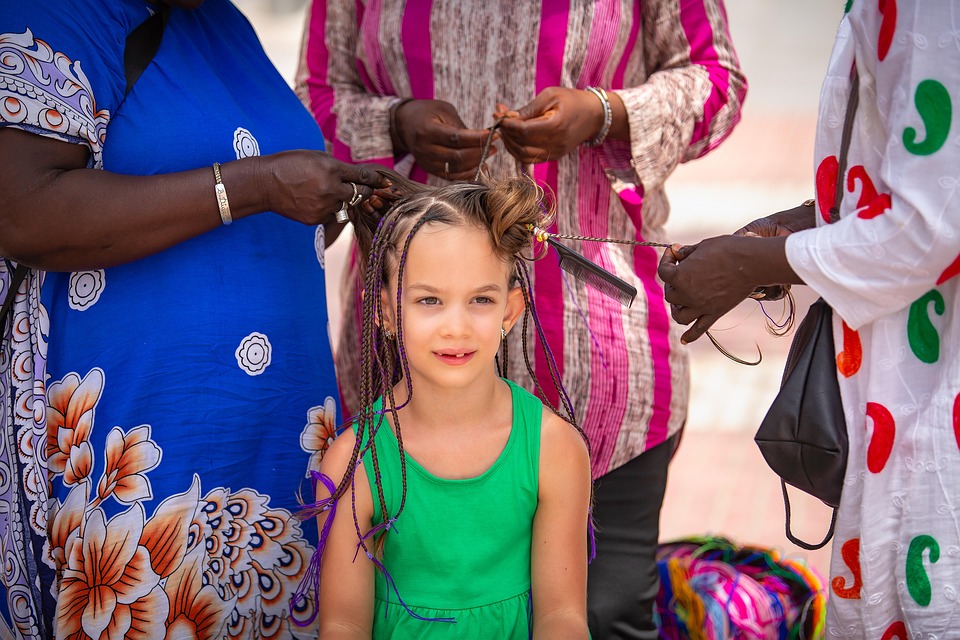
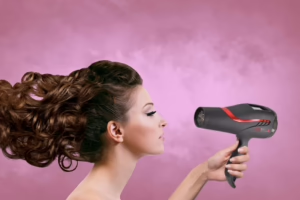
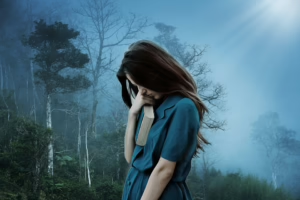
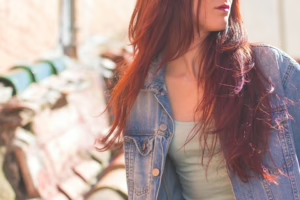

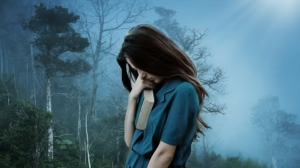





Add Comment